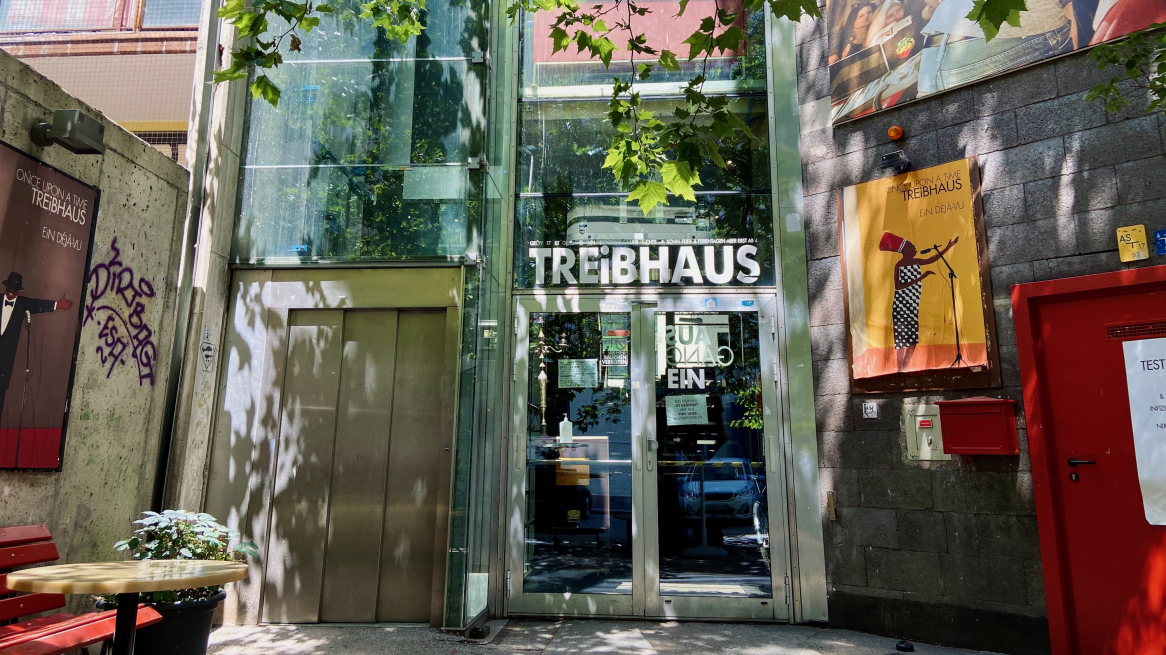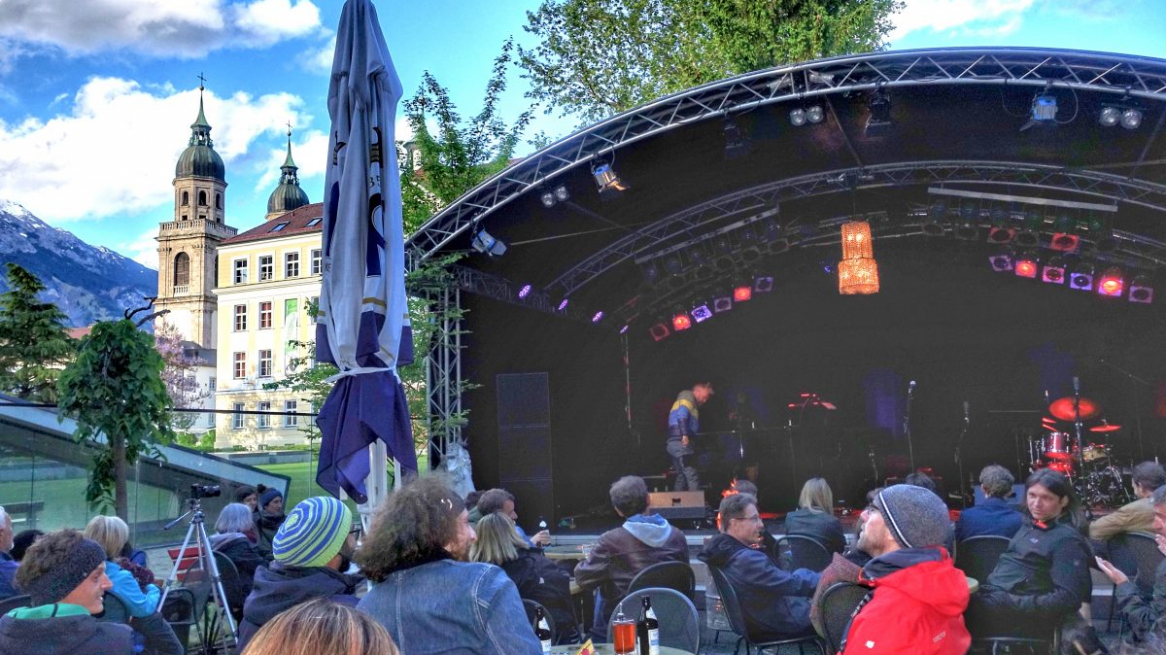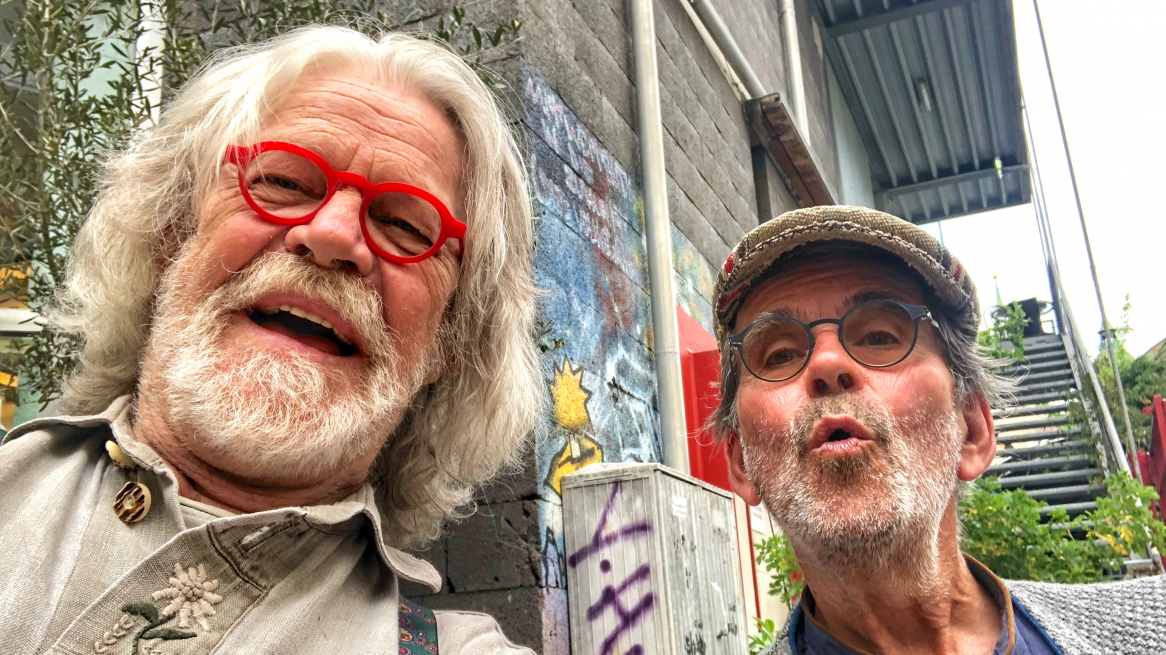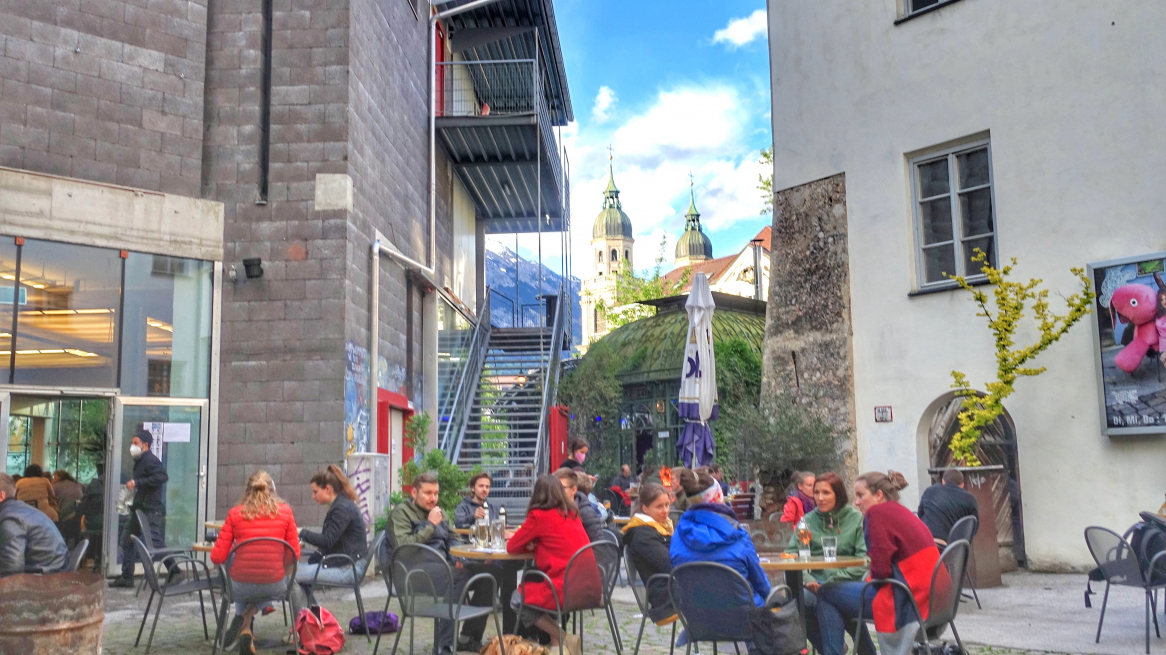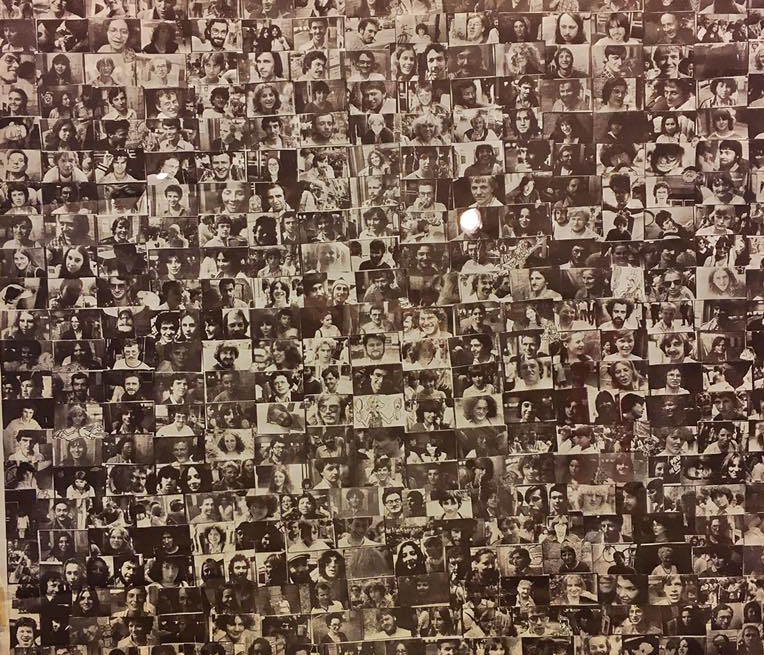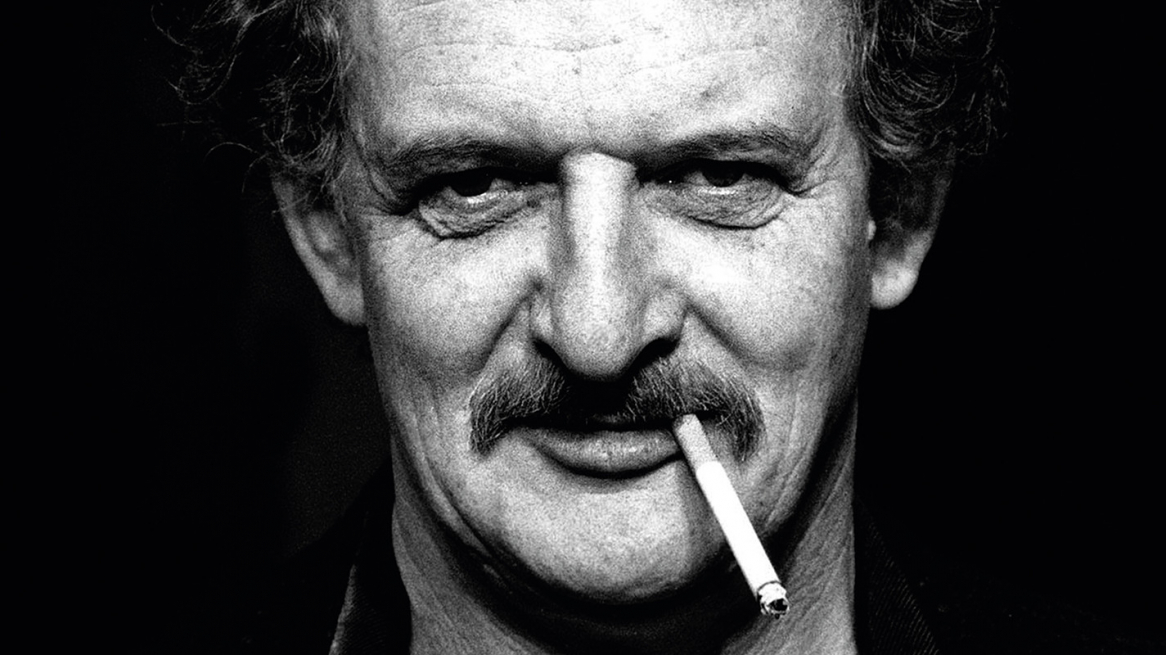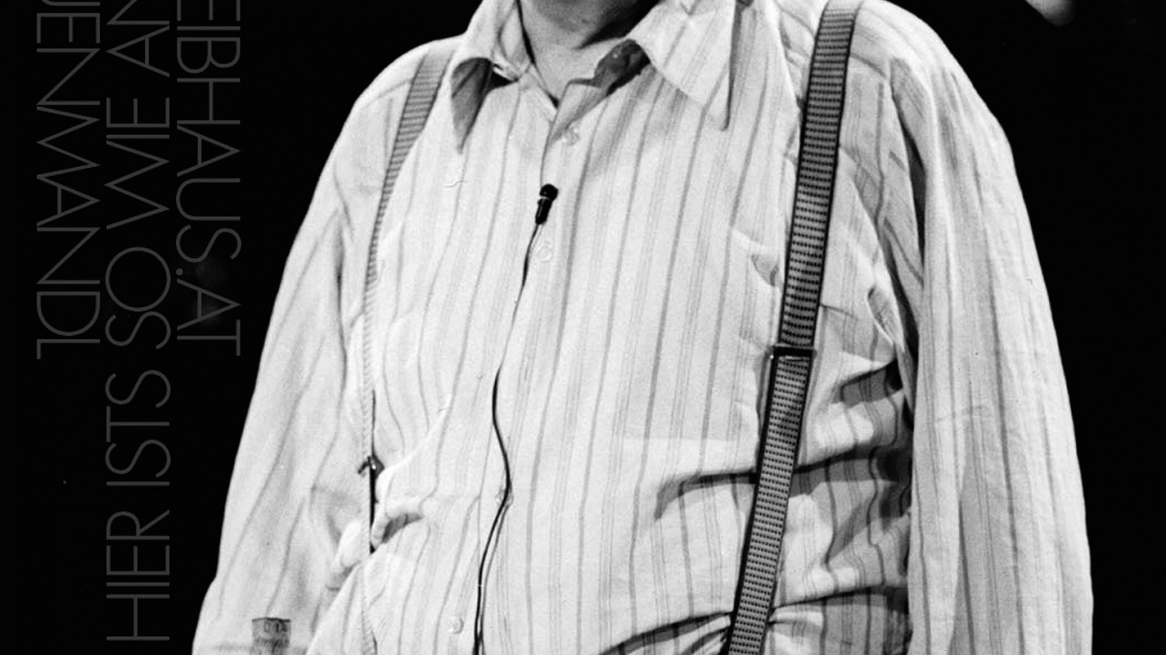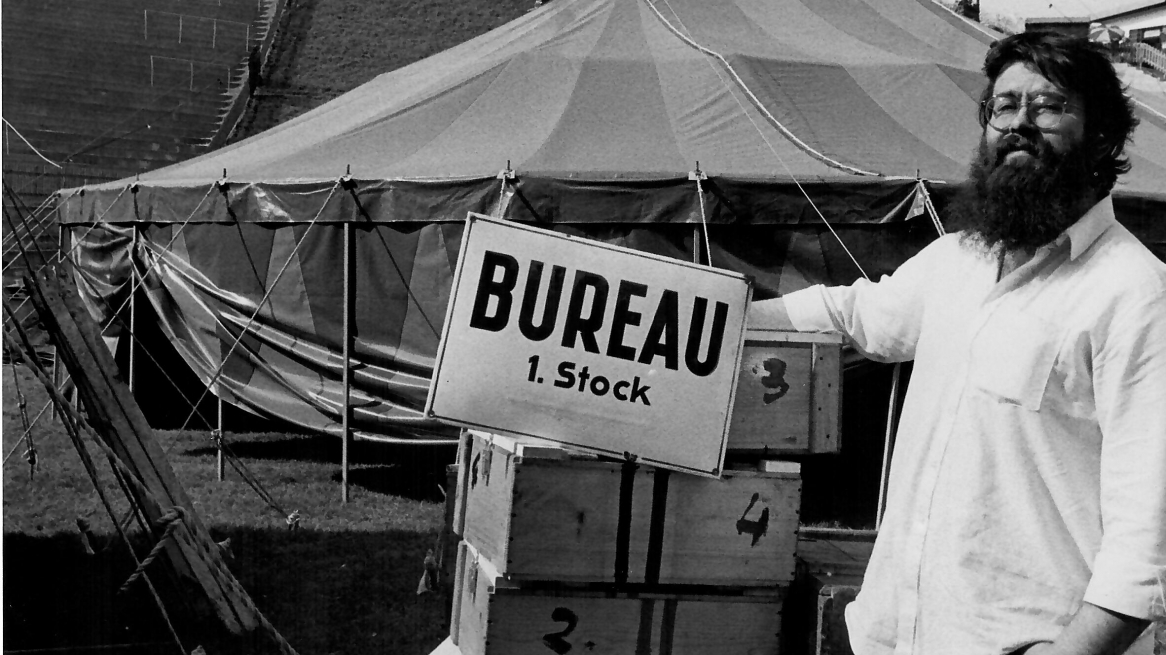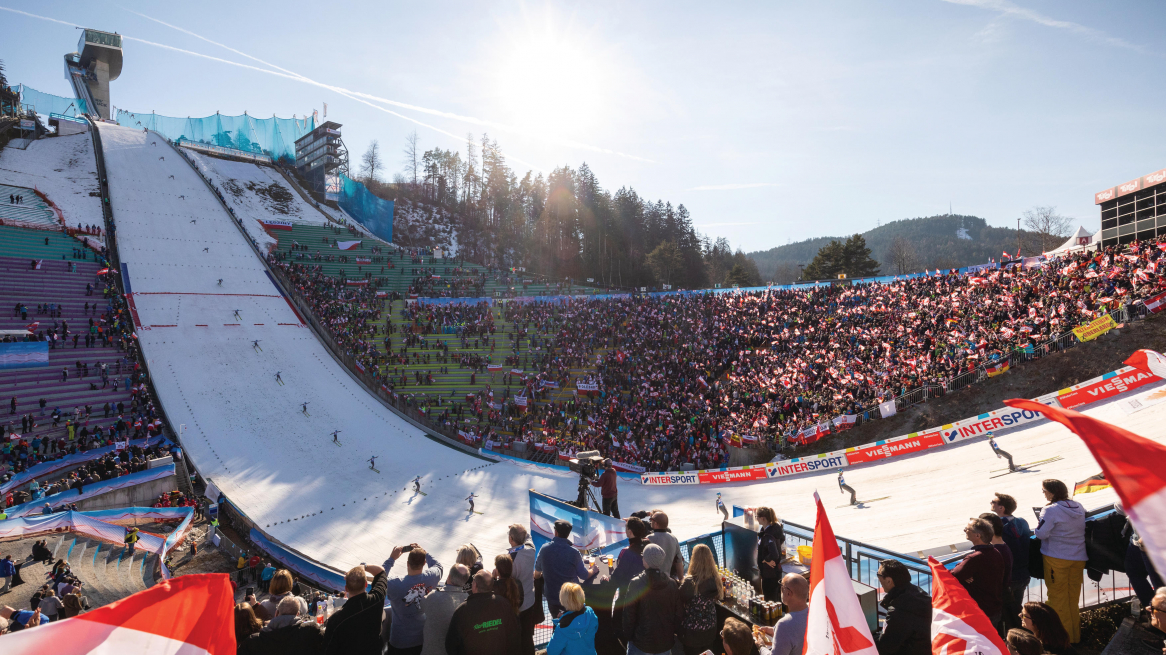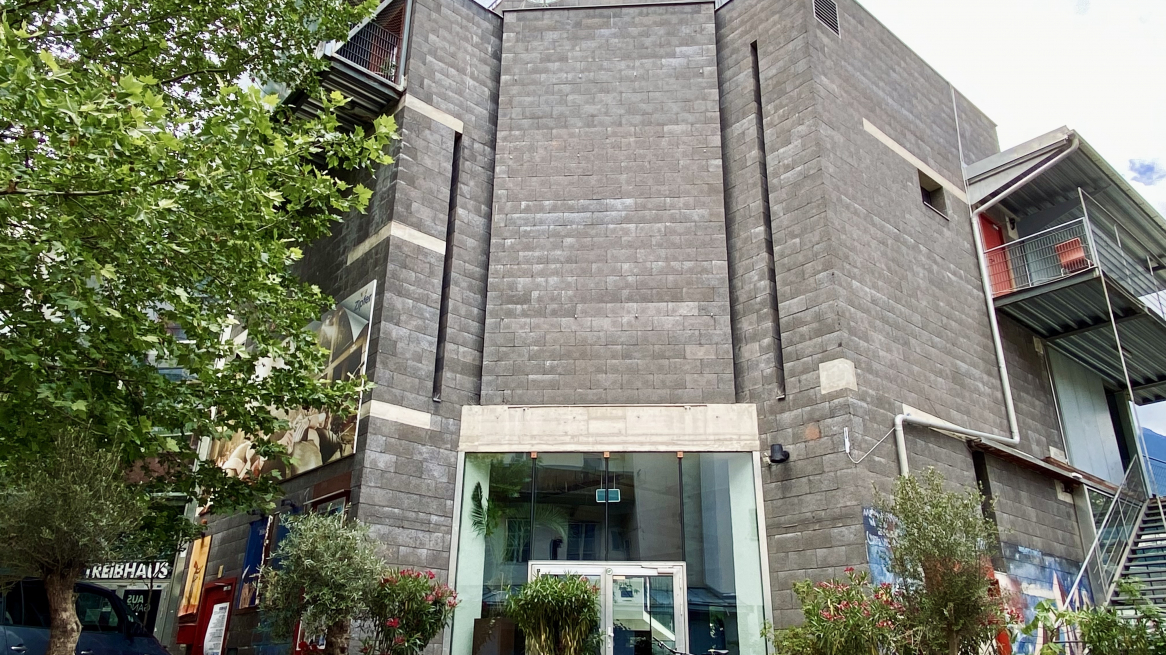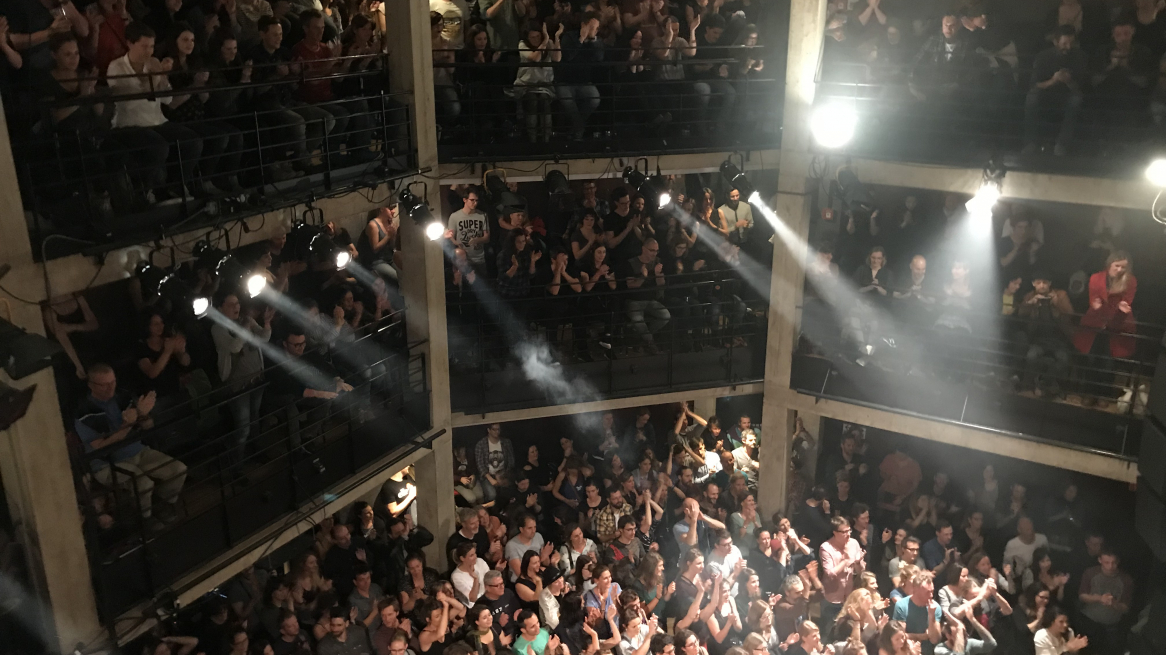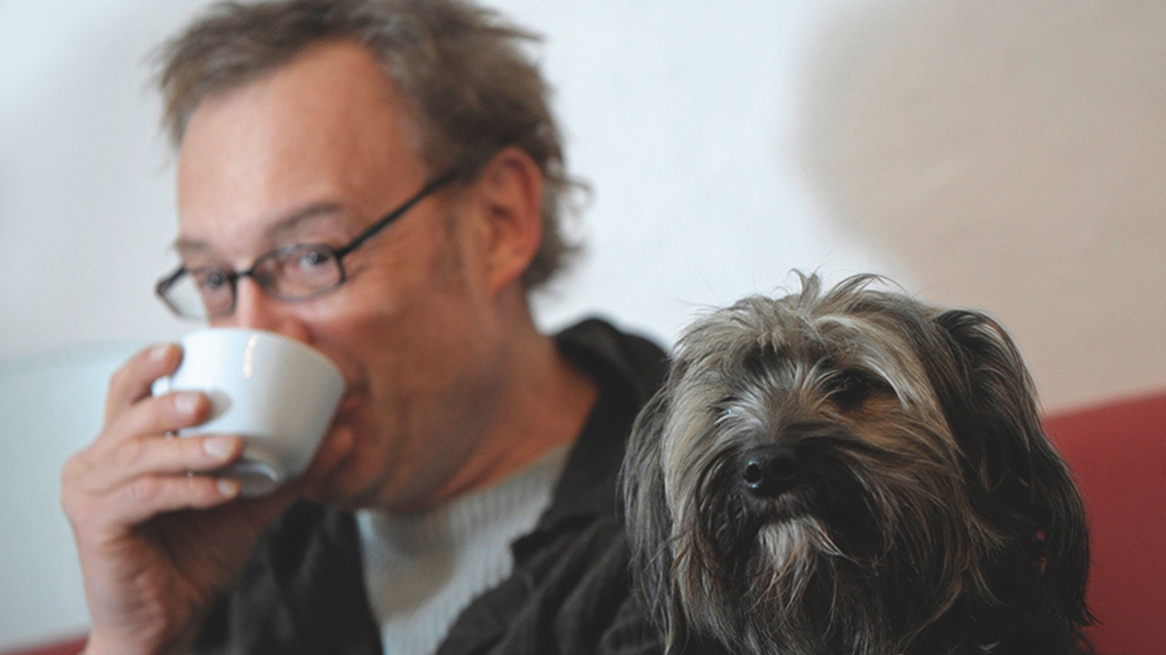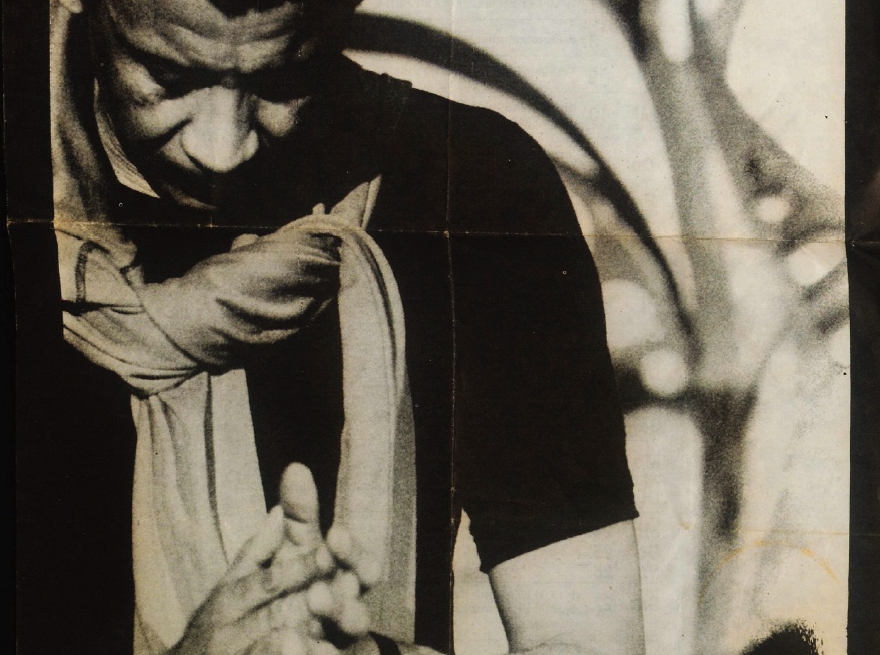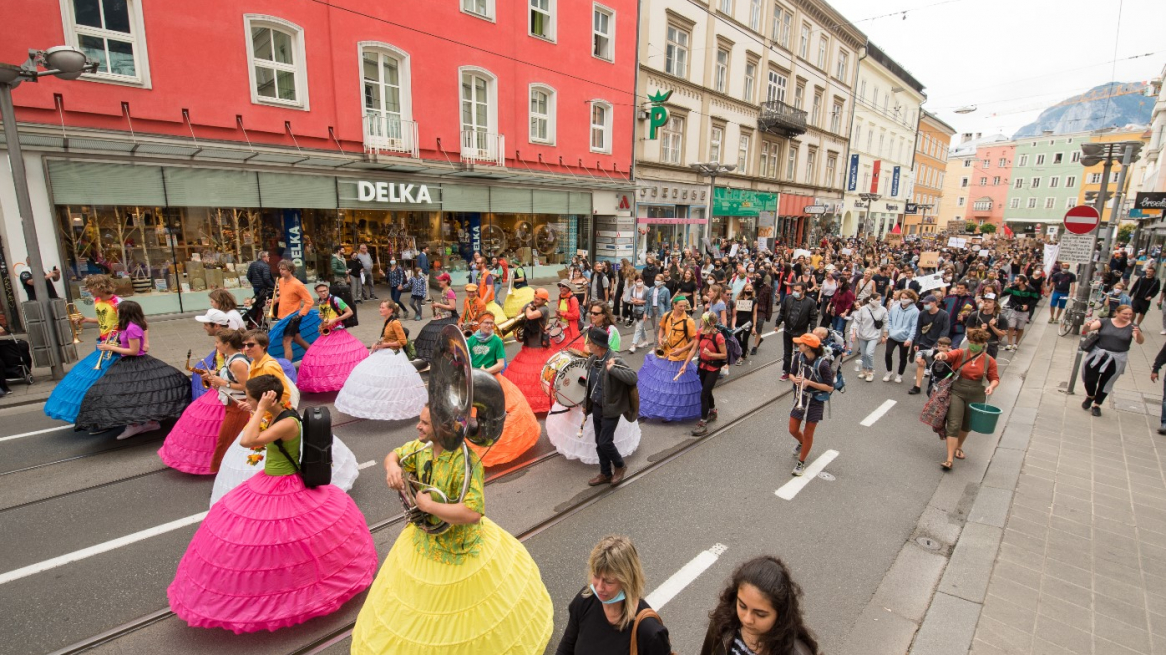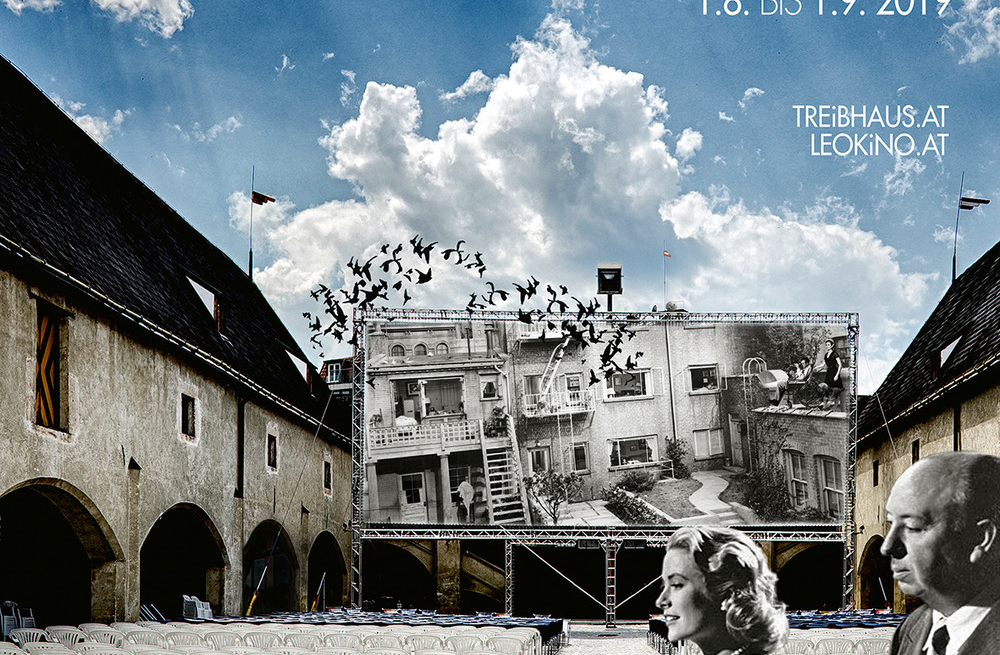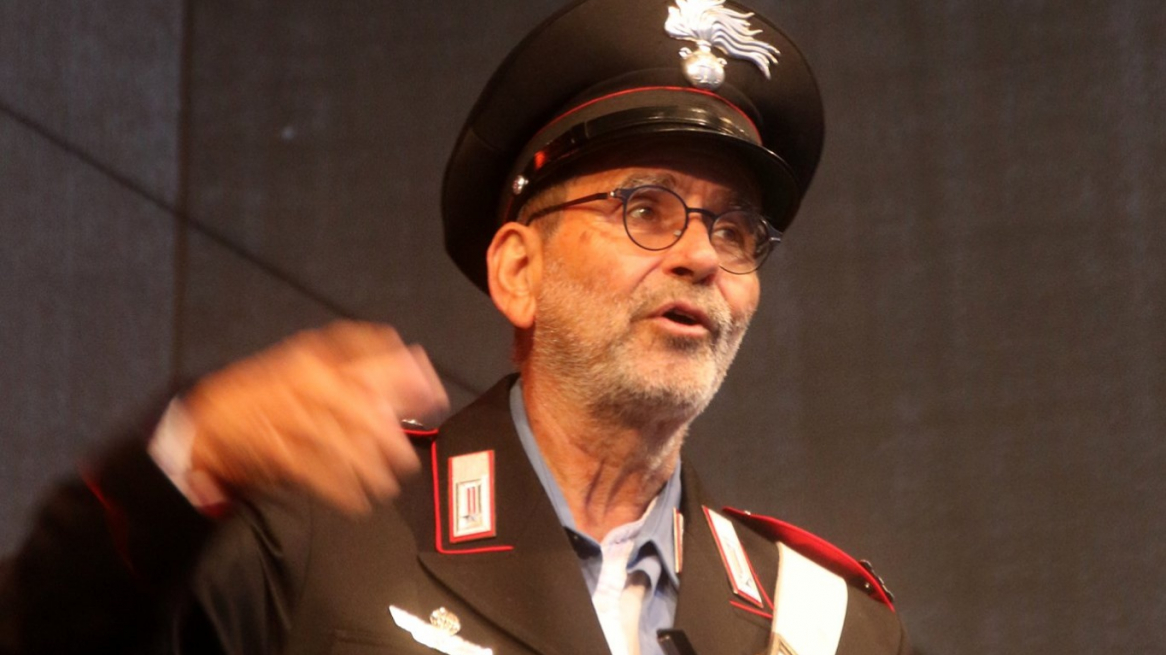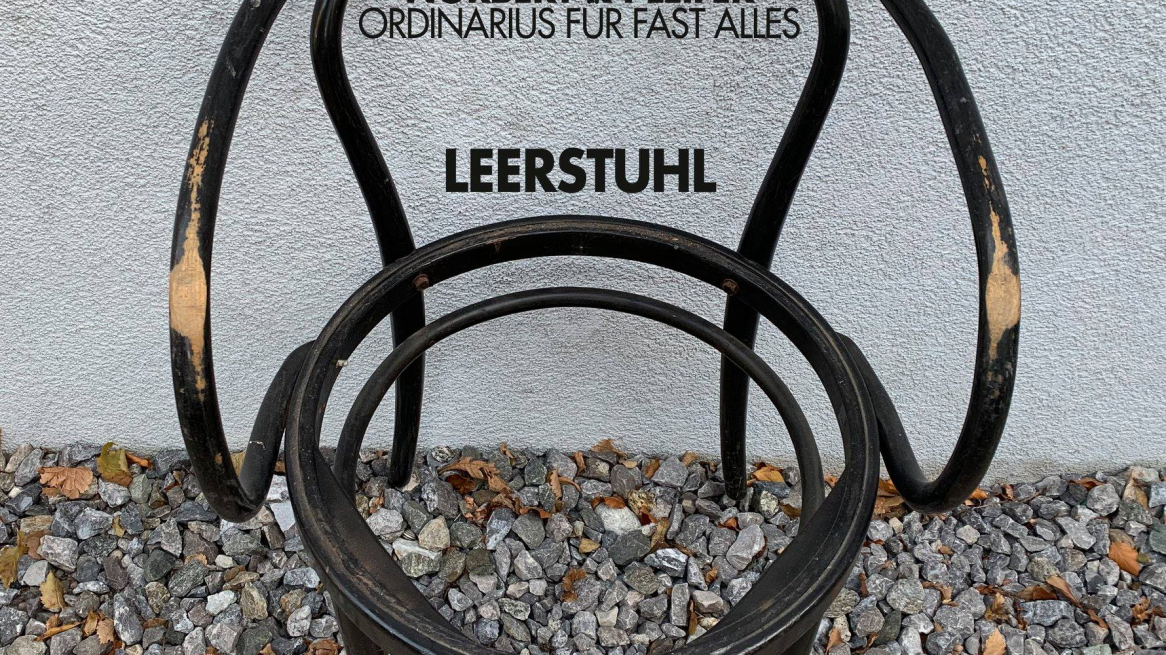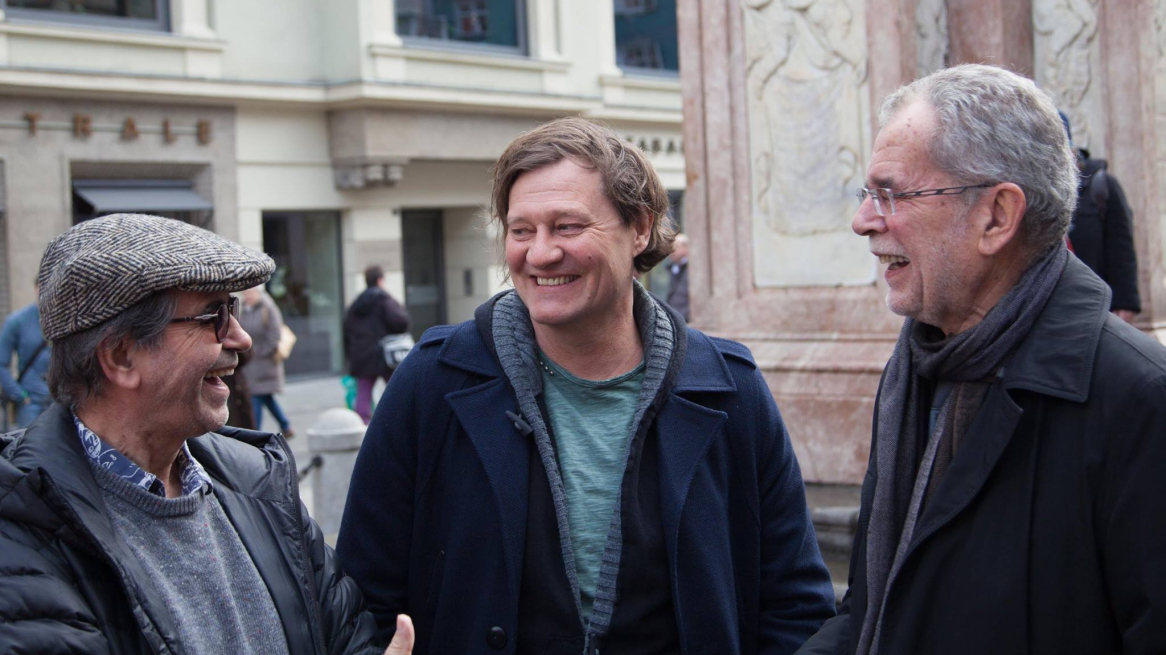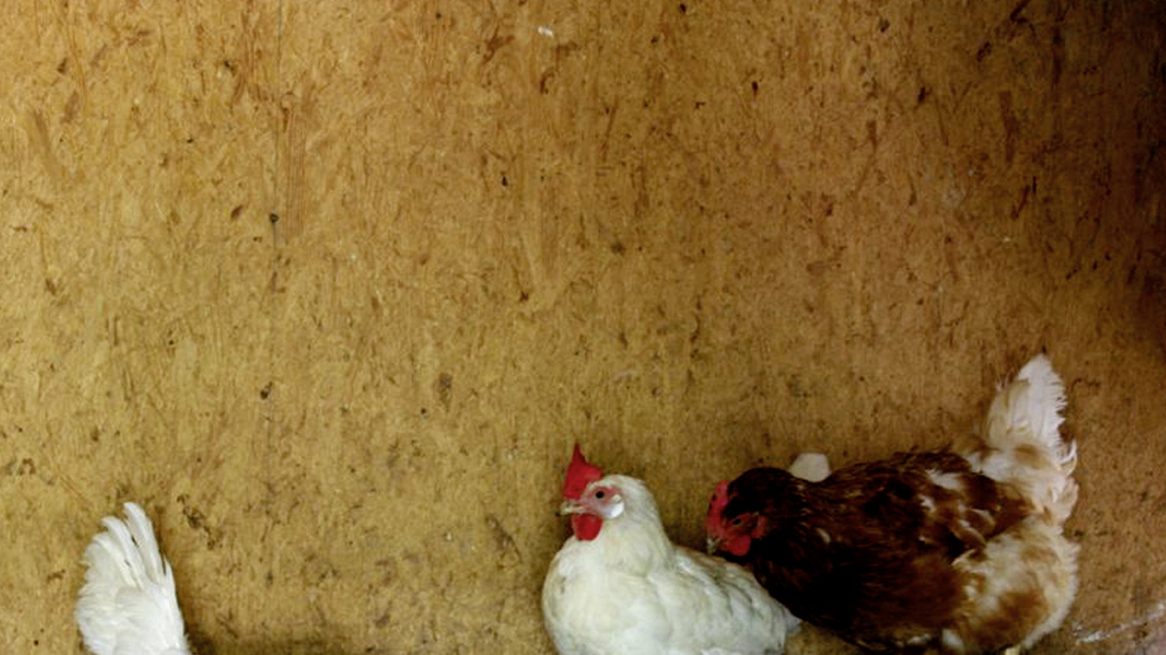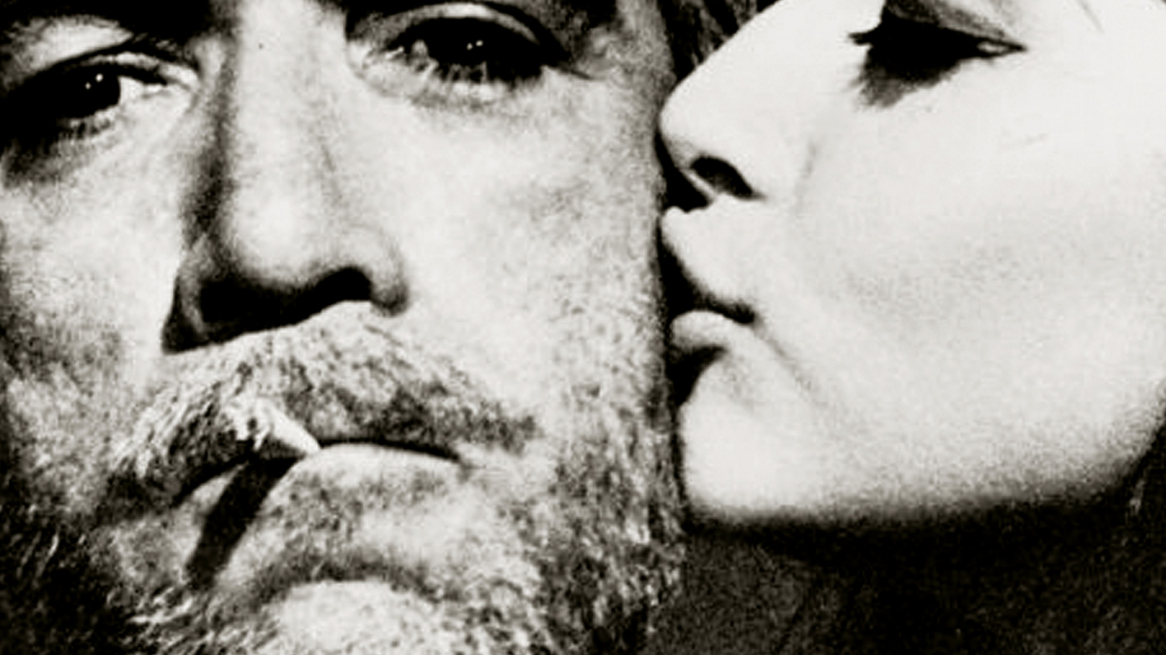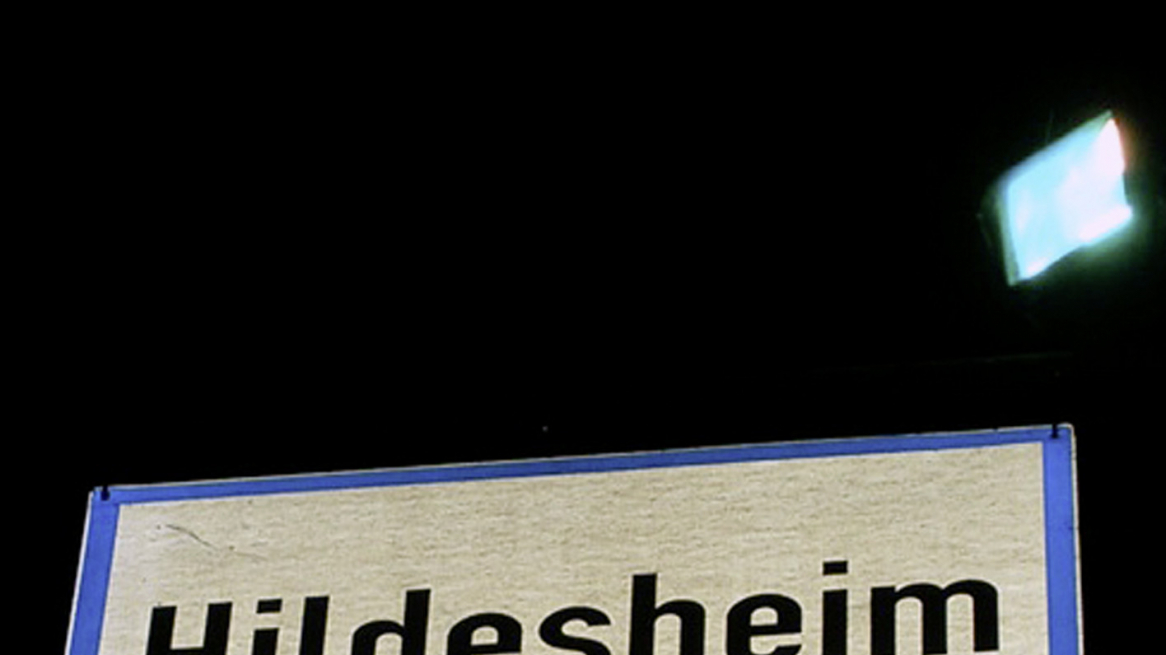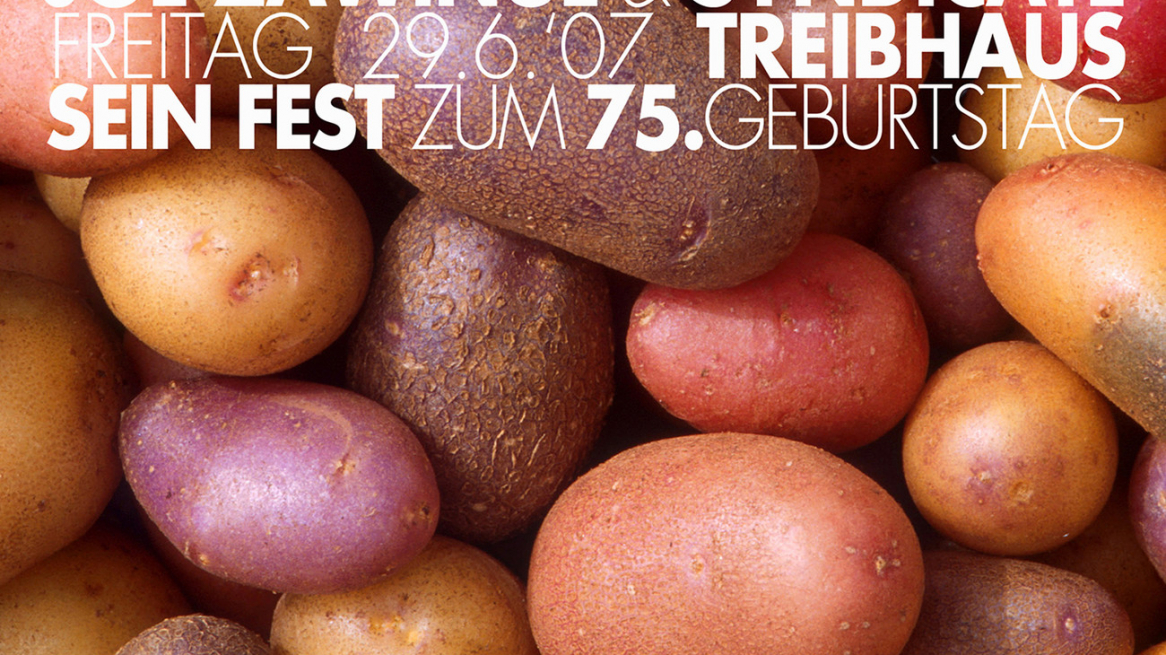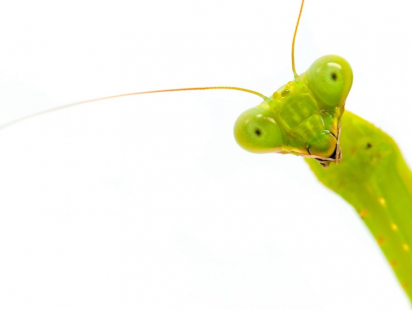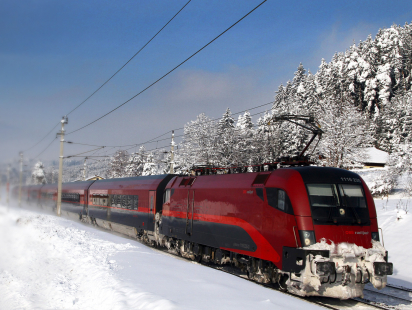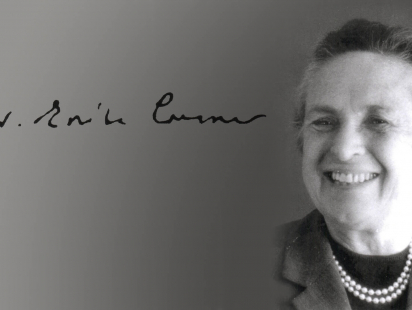Innsbruck's cultural summer is saved. The Treibhaus emerges from the depths of three lockdowns with a programme that can be measured by international standards. The man behind the unique cultural offering is a living legend: Intendant and Treibhaus impresario Professor Norbert K. Pleifer.
Incredibly, I've known him for exactly 50 years this year. When Norbert first checked into the International Student Hostel in 1971, I was having a chat with the porter. It soon turned out that the young man with the self-darkening glasses was my future roommate. What I have experienced with him since then sounds quite adventurous.
For 50 years I have enjoyed the friendship with Norbert K. Pleifer. The desire for joy has not gone out of both of us until today. © W. Kräutler
CHASED OUT OF THE CHURCH BY A POPE...
A tale should be told right away. On one of our countless short trips to Venice, we wanted to spend the night in a church - of course in San Marco. As if growing out of the ground, a clergyman appeared who not only threw us out. He offered us a room in the monastery in return. Who it actually was who expelled us from the church at that time, we recognized only when he appeared some years later as pope on the parapet of the Vatican palace John Paul I. he himself had saved us a night in the church in Venice.
The fact that we had to deal with the Carabinieri the next day is another story. KOMM co-founder Claudius Baumann had bet Pleifer that he wouldn't dare pee in the Canale Grande. It came as it had to: the future professor was promptly caught and spent a night in jail. Perhaps this was the original idea for one of the most legendary Pleifer posters. Namely the one about an 'Innschiffer', which reached cult status and hung in almost every student flat.
I admit it: our student life in the first half of the 70s of the last century was in no way to be compared with today's. It was riddled with purrs. It was riddled with purrs. All good enough to wander into the ports (= Austrian for prison) today. But also material to fill an entire book. So now I realize I've become a 'contemporary witness'. Kinda gross.
JUBIL, TRUBEL, TREIBHAUS. IT BEGAN 45 YEARS AGO WITH THE 'COME'
The sensational 'resurrection' of the Greenhouse from the darkness of the third lockdown is associated with an anniversary. In other words: 2021 is a very special greenhouse jubilee year.
Exactly 45 years ago, Norbert K. Pleifer and some friends founded the COME in the Josef-Hirnstraße. At that time, an 'exposed concrete bunker' underneath the refectory became a top-class communication centre. Jazz legends like Chet Baker or the Japanese Freejazzer Yōsuke Yamashita - who liked to play the keyboard of a grand piano - came and went. Alone, the bunker soon burst at the seams. Pleifer and his comrades-in-arms moved to Anzengruberstraße in Pradl.
One of Pleifer's first posters was created in 1976 for the KOMM. It was followed by hundreds of others. Today, grandchildren can look for their mothers and fathers, and sometimes grandfathers and grandmothers, on the poster. © Treihaus/Pleifer
40 YEARS AGO: A 'HOME STADIUM' FOR THE INGENIOUS WERNER PIRCHNER AND THE ONE-MAN REGULARS' TABLE OF OTTO GRÜNMANDL
In Pradl the name was created that was to become a synonym for the modern, the swinging, the artistic Innsbruck beyond Austria's borders. In order to be admitted to the then new pub of the association 'Kunstdünger', visitors had to bring a potted plant as an admission ticket. After all, the famous Vienna Art Orchestra under its director Mathias Rüegg threw the premiere. The plants then transformed the café into a veritable jungle. When passers-by wanted to know if they could buy the plants from this 'greenhouse', the cultural workers denied it, saying that they only had grass seeds (!) on hand. But the name of a unique cultural institution was born: The 'Greenhouse' Innsbruck would henceforth shine as a bright star in the cultural sky of Austria, indeed of Europe.
In Pradl the name was created that was to become a synonym for the modern, the swinging, the artistic Innsbruck beyond Austria's borders. In order to be admitted to the then new venue of the 'Kunstdünger' association, visitors had to bring a potted plant as an admission ticket. After all, the famous Vienna Art Orchestra under its director Mathias Rüegg threw the premiere. The plants then transformed the café into a veritable jungle. When passers-by wanted to know if they could buy the plants from this 'greenhouse', the cultural workers denied it, saying that they only had grass seeds (!) on hand. But the name of a unique cultural institution was born: The 'Greenhouse' Innsbruck was henceforth to shine as a bright star in the cultural sky of Austria, indeed of Europe.
Otto Grünmandl had taken the Treibhaus to his heart. The premieres of all his programmes took place here. Legendary: his one-man regulars' table. © Treibhaus
So 'Kunstdünger' was the name of the club that threw the program in Pradl at that time. Werner Pirchner, the ingenious composer and vibraphonist, was there from the beginning and regarded the house as his 'home stadium'. In addition Otto Grünmandl ("Politically I may be a fool, but privately I know my stuff"), who held all his programme premieres in Pradl. Like the ingenious 'one-man regulars' table'. He also remained connected to the Treibhaus throughout his life.
Impresarios looked somewhat different in the seventies of the last century than they do today. Norbert K. Pleifer was sometimes thought to be a reincarnation of Andreas Hofer in the old town. © Greenhouse/Pleifer
The constant arguments with the neighbours of the Pradl Temple of Culture also remain in my memory. They twitched because of the many bicycles that suddenly appeared and made it difficult for the parked cars. As usual, they wanted to get rid of youthful exuberance with bans and, to be on the safe side, threw the baby out with the bathwater. Instead of a bicycle parking lot there was a total ban on mopeds in Anzengruberstrasse. The constant discussions about noise, bicycles and the smell of barbecues got on the nerves of the cultural workers around Norbert Pleifer to such an extent that they started looking for alternatives.
A 'WELSH' TRIUMPHS ON TYROL'S HERO MOUNTAIN
Pleifer and his staff earned their 'knighthood' as a cultural institution with a single concert at the Bergisel. There, in 1985, Gianna Nannini performed in the jumping stadium in front of more than 20,000 people. The back story to this is another string to the bow.
It was in the winter of 1976, when we were spectators cheering on mainly Italian jumpers during training for the Olympic jumping competition at the Bergisel. Quasi incidentally Norbert was musing about rather absurd things. If there was a stage at the 'Critical Point', the stadium could be used as a concert arena. He began to dream of Miles Davis performing here with his back to the Nordkette. Or Josef Hader, who would tell tall tales in front of 20,000 people on a hunter's high seat right at the critical point.
The first concert at the Bergisel with Gianna Nannini in 1985 was similarly full as in this picture. Three years later, Pope John Paul II took Pleifer's idea virtually full on. © Innsbruck Tourism, Tom-Bause
Just under ten years later, he put his 'spinning' into practice and persuaded Gianna Nannini to give a concert in the Sprungarena. Today, his eyes still shine when he talks about the fact that "of all people, a Welsh woman rocked us North Tyroleans on the Holy Mountain of the German Tyroleans". An event which at the time led to a cultural discussion the likes of which had never been seen before. Politics finally had to acknowledge youth culture and virtually swallow the Treibhaus krot. The Treibhaus and its impresario had arrived where they belonged: on the throne of contemporary culture in our city.
Oh well, there's something else worth mentioning. Apparently, Pleifer had given the Wojtyla Pope an idea to use as a template. Three years later he read a mass in the stadium. The difference? While Pleifer used a red-white-red plastic barrier ribbon , the Pope's visit was not without barbed wire.
35 YEARS AGO: THE TOWER AT INNSBRUCK
In 1986 it was finally built, the Kultur-Turm in the middle of Innsbruck. According to the plans of his architect friends Rainer Köberl, Raimund Rainer and Gerhard Manzl, it was modelled on a classical Shakespeare theatre. What now began was a truly sensational development. It has left a lasting mark on cultural life and experience in Innsbruck to this day.
International stars grace the house and perform with visible pleasure in the tower's octagon. Austria's cabaret scene has set up a cosy 'living room' here. Hader, Dorfer, Vitasek, Resetarits and all their names love to perform in front of Innsbruck audiences. Cultural diversity and cheerful celebrations have been the magic words ever since. The question remains, how does the director of the Treibhaus succeed again and again in attracting absolute world stars of the music scene to Innsbruck?
By taking advantage of the city's location, says Pleifer. "Innsbruck is at the crossroads between Vienna and Paris, Berlin and Rome." It's that simple? "In principle, it is. They're happy to take a breather between gigs in the big cities. What all the stars appreciate is the human warmth they find in the greenhouse. Many have come to call us their 'living room'. And then there's the Nordkette, which makes a deep impression on them. For many, it is Disney Land in real life. And already they stay in Innsbruck for a few days and feel completely at home."
Two legends in one picture. On the right: the Sapperlot, Norbert's first house and farm dog. He was usually assigned to Josef Hader as a guard. © Greenhouse / Pleifer
DOLLAR BRAND - NORBERT PLEIFER'S FAVORITE STAR
It took a lot of research and persuasion to bring a world star to Innsbruck: Dollar Brand, who now calls himself Abdullah Ibrahim. The older generation still remembers an Ö3 broadcast by Walter Richard Langer called Vocal, Instrumental, International called. When he introduced Dollar Brand at that time, a flatmate told Norbert that this man should definitely be brought to Innsbruck. Which actually happened. And it is Dollar Brand whom Norbert really admires and can count among his personal friends.
Abdullah Ibrahim - Dollar Brand Kalahari - is one of those world stars who always enjoy performing in Innsbruck. He is one of Norbert Pleifer's many personal friends. 'Mannenberg' is one of the legendary anthems of the anti-apartheid movement. © Greenhouse/Pleifer
20 years ago, the greenhouse was once again rebuilt and extended to include an 'underworld'. With the basement, a generation project was virtually completed: Up in the tower the parents, sometimes grandparents, down in the cellar their children. They then meet together in the middle to enjoy pasta or pizza in the restaurant of the 'Weiberwirtschaft' restaurant to enjoy pasta or pizza.
CESUR PANDEMY
Even in times of pandemic, the Greenhouse has left colorful marks. Supported by hundreds of people who donated a lot of money at the first Lockdown after an appeal for donations by the Treibhaus director, Pleifer was able to keep all his employees (from the little waitress to the sound & light technicians) employed and give hope to the musicians. Encouraged by the great response of his audience, he already implemented the next idea
The greenhouse brought colour into the monotony of the pandemic. Hoop skirts symbolized the new distance, embodied here by the Streetnoise Orchestra. © Greenhouse
On May 15, 2020, he began inviting all the local musicians who were then 'starving', who had completely lost all gigs and thus their income. Pleifer tried to 'boost' them up . They were given food and drink in the greenhouse and could play music between the courses of a four-course meal. Miraculously, there were grand pianos, drums and other instruments next to the tablecloth-covered table. Of course, there was no Lenten soup for the performance, but a fixed fee, while the artistic director asked for voluntary donations for the Treibhaus with the collection bag and was satisfied with that.
SOTTO LE STELLE - ITALIAN NIGHTS INTERRUPT THE PANDEMIC
In addition to the tower in Innsbruck's city centre - in "dangerous proximity to the Landestheater and the Dachl" (Pleifer) - the impresario created another mainstay 25 years ago. He played the Innsbruck summer: Whenever it gets dark under the stars, 'Sotto le stelle'. Long before cinema under the stars became fashionable, Pleifer had already invented it for Innsbruck. In Dietmar Zingl and Walter Groschup from Cinematograph/Leokino he found congenial partners for the realisation.
As legendary as the films were Norbert's posters with which he advertised the open-air festival. © Greenhouse/Pleifer
Since 1995 (!), tens of thousands of film lovers and even more friends have spent their summer evenings in the historic ambience of Emperor Maximilian's former armoury. They have cried, shivered, frozen and laughed together. For 25 years, Pleifer spent August virtually day and night and year after year as a projectionist and star cleaner in the emperor's former armoury.
COVID ECLIPSED THE STARS
In the summer of 2020, however, it went dark - Corona had also settled heavily over Innsbruck's open-air cinema. Pleifer's summer dream had already been cancelled. But it would not be the stubborn Oberlandler from Nauders, if the field would clear. "It won't work. Who's going to tell us the bedtime story this year of all days?" he said and reinvented his baby.
Okay, the baby was already 25 years old. Still, it became perhaps the most spectacular communicative event since he had invented 'cinema under the stars' 25 years earlier. It became exactly what Pleifer had always dreamed of. "I gave myself the greatest gift," he admits. "Because I finally had my dream factory that I had dreamed about in all those daydreams". The subject was quickly found, as Italy had definitely dropped out as a destination in 2020. So he brought Italy to Innsbruck, Italian musicians and ensembles tuning in every evening with a concert. The immense range of Italian film classics from Fellini to Celentano was projected into the skies of Innsbruck's summer nights. Films that fiercely stoked the longing for the 'land where the lemons bloom' and the "dolce vita".
Norbert last summer. He opened a sensational summer of cinema 'under the stars' at the Zeughaus as the Commandante, or at least the Maresciallo. © Greenhouse/Pleifer
Unfortunately, it was virtually the cultural supernova that shone last year and subsequently burned out. After 25 years, Pleifer is leaving the open-air cinema and leaving it to the next generation of the Leokino. "After 25 years, it's no longer a child's disposal," he says in the direction of the regretful film fans.
AN EMPTY CHAIR FOR PROFESSOR NORBERT K. PLEIFER
In retrospect, the last edition of Pleifer's open-air cinema was still something akin to a post-doctoral habilitation. In 2018, Federal President Alexander Van der Bellen awarded him the professional title of professor. When Pleifer first heard about it, he first stocked up on Swedish bombs, which he ate on the spot. "After that, at least I knew why I was feeling sick," he jokes. The fact that it was then Governor Günther Platter, of all people, who had to award him the title on behalf of the Federal President - incidentally one of the highest professional honours awarded by the Republic - was a fine irony. It was a tribute to Pleifer's decades of commitment as a critical mind and cultural worker. That the establishment now suddenly praised him was the other side of the coin.
It wouldn't be the Pleifer if he didn't also suck from his professorial 'refinement' with a grain of derision. By poster, of course. © Greenhouse / Pleifer
What a pity that his mother was not allowed to experience this! As a dropout in theology and philosophy, Norbert could have impressively proven to his mother that it is possible to skip the doctorate on the way to becoming a professor. That his new, highly official job title does not protect him from punishment, he had to experience right away. When he got caught in a speed trap one weekend in his home village of Nauders, he was waved aside by a policeman. Good day, Mr. Pleifer, they said. So people still know him. But that was all. "Professor Pleifer, please. So much time must be", he said in his best cabaret style. It was no use. 15 euros for speeding were due.
PROFESSOR OF POSTER ART
Speaking of professors: I had not known that a professional title was associated with real and massive hurdles. A university had to prepare an expert opinion for the Federal President. In Pleifer's case, this was the Mozarteum in Salzburg. "They asked me if I could put together a portfolio of my work over the last few decades. It was only then that I realised how much there actually is," explains Pleifer.
When there was still the 'Rauch-Laube', that was also artistically praised by the impresario. © Greenhouse / Pleifer
Norbert Pleifer had a relationship with the legendary mayor Hilde Zach, which was carried by great respect and sometimes controversial. One of the highlights was certainly an appearance by Norbert with his dog Sappalott in Maria-Theresien-Straße. There Sappalott peed, as was proper, in the former flowerbeds. When suddenly from above, more precisely from the balcony of the town hall, the sonorous voice of the mayor sounded: "Wia da Herr, so's Gscherr". Norbert did not want to let that sit on him. He countered and renamed Innsbruck 'Hildesheim' without further ado. Finest irony with a nice shot of humor. © Greenhouse/Pleifer
The Treibhaus is not only famous for its unique cultural programme. Hundreds of posters designed by Norbert Pleifer over the past 45 years are more than just programme notes. They are art. His thinking, however, was different: If the posters hang in the student halls, they no longer have to be affixed in the city. Logo. He is proud of the fact that "there is hardly a bathroom in Innsbruck where one of my posters is not hanging. That alone is actually award enough for me".
SCRAPED ALONG A DEPRESSION
Even the professorial title couldn't prevent him from scraping along depression on his third lockdown, he says. His 'Winter Olympics', a series of events planned exclusively outdoors for the end of 2020, got off to a fantastic start. No wonder, he says: "In Tyrol, we're used to skiing or running for hours in warm clothes. It's easy to enjoy culture outdoors in winter too." In any case, the meticulous programming ran into March 2021, included revivals like the jazz breakfast and children's theater. Russian coats worn by the staff stirred the imagination. And then the abrupt end on November 2, 2020. The Third Lockdown literally ate up all the planning and effort.
"After all, in Tyrol we ski for hours in any cold weather. I now know that people also enjoy hours of culture in the cold." This is how the Winter Olympics began Russkay-style. © Greenhouse / Pleifer
"I felt let down," he says. Since then, he can no longer hear words like 'planning security'. The theatre of announcements by Austrian politicians left him close to a depression this spring. This year he waited with the organisation of the Kultursommer until the opening from the lockdown was actually fixed.
How do you actually crank out such a quality summer program? "I emailed all my buddies. 'Wake up' I wrote to them, 'come to Innsbruck for an adventure'. We have to wake up the sleeping princess in the greenhouse tower'. And so a programme was born that not only brings unique artists to Innsbruck. It is the daily performances that make the legendary cultural centre in the heart of the city once again what it was before the pandemic: the cultural heart of Innsbruck.
Josef Hader recently presented his new, sensational programme in a dress rehearsal at the Treibhaus. In "Hader on Ice" he dissects the world into its contradictions in just over an hour. © W. Kräutler
When I, as a friend, sing the praises of the Treibhaus and its impresario, that's one thing. Another is this text, which comes from the great Alfred Dorfer. A wonderful compliment to an institution that has changed Innsbruck permanently over the last four decades:
I KNOW NO PLACE
I don't know any place in all of Austria that is as unique and colorful as the Treibhaus in Innsbruck.
Where mothers and toddlers, jazz stars and up-and-coming musicians, punks and primary doctors, actors and newspaper readers come and go.
Mind you: with respect for each other.
The usual places are the cabaret venues. That's where the cabaret artists are with their audience.
In the jazz clubs, the jazz players are among themselves.
The mothers are either at home or in the fenced-in children's playground.
The Treibhaus, on the other hand, is everything in one and much more:
A unique playground for small and for big people.
Rate this article
Show me the location on the map
A volunteer at the "Schule der Alm" alpine farming school, cultural pilgrim, Tyrol aficionado and Innsbruck fan.
Similar articles
The zoo is at the cradle of my love for Tyrol. It awakened in me the longing…
I commute a lot between Innsbruck and Vienna and I know the advantages of both cities. Many…
The darker and colder it gets outside, the cozier and cozier it gets inside. When, if not…
The physical chemist Erika Cremer (1900-1996) is one of the most important research personalities of the University…

